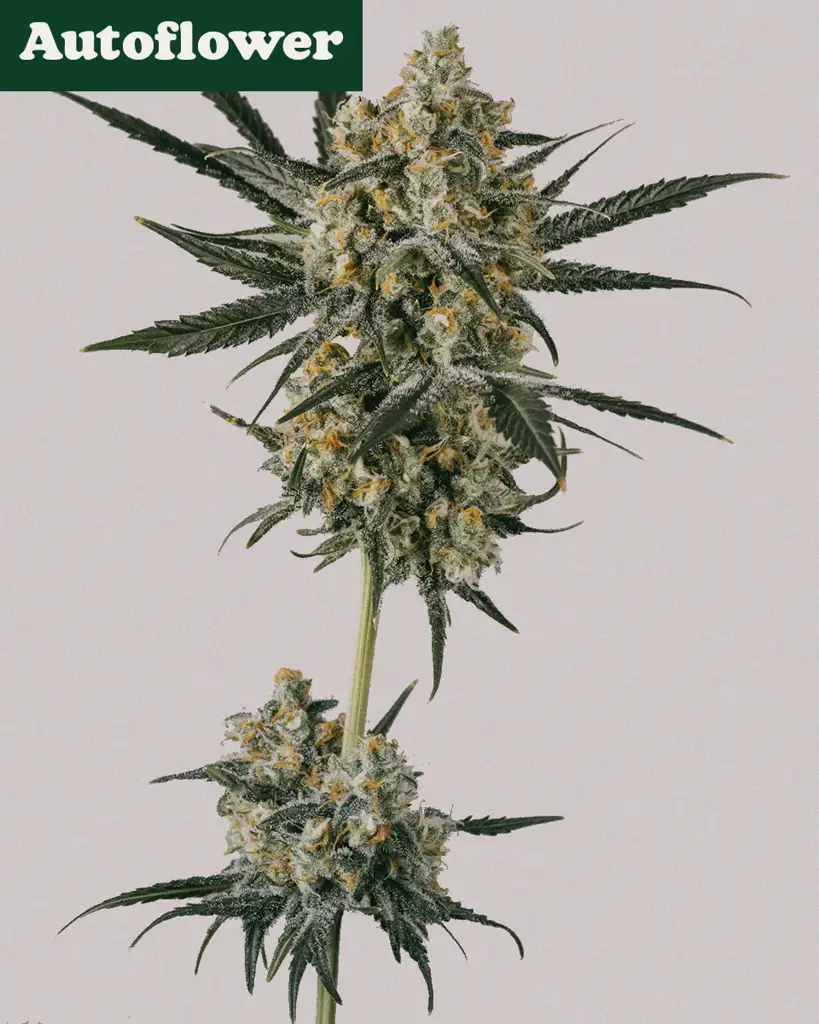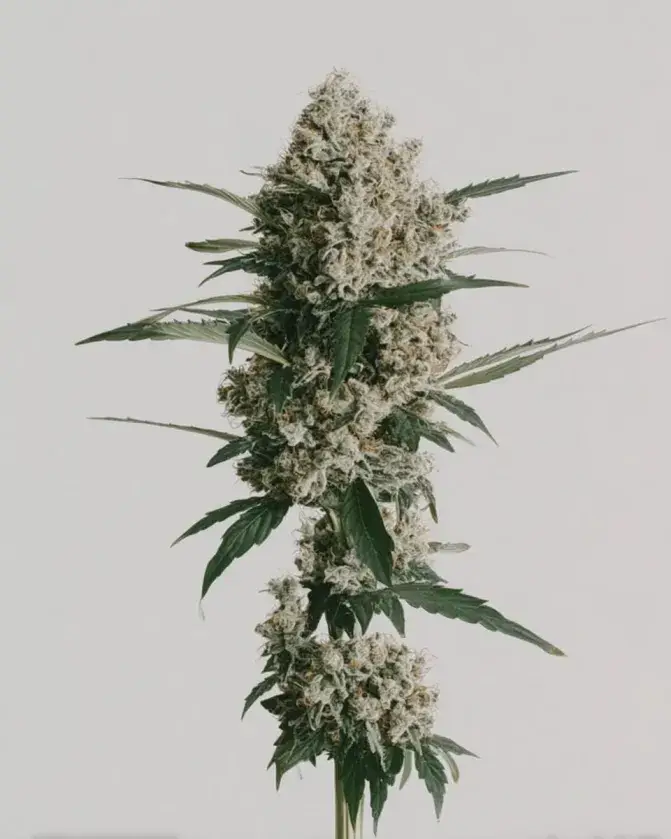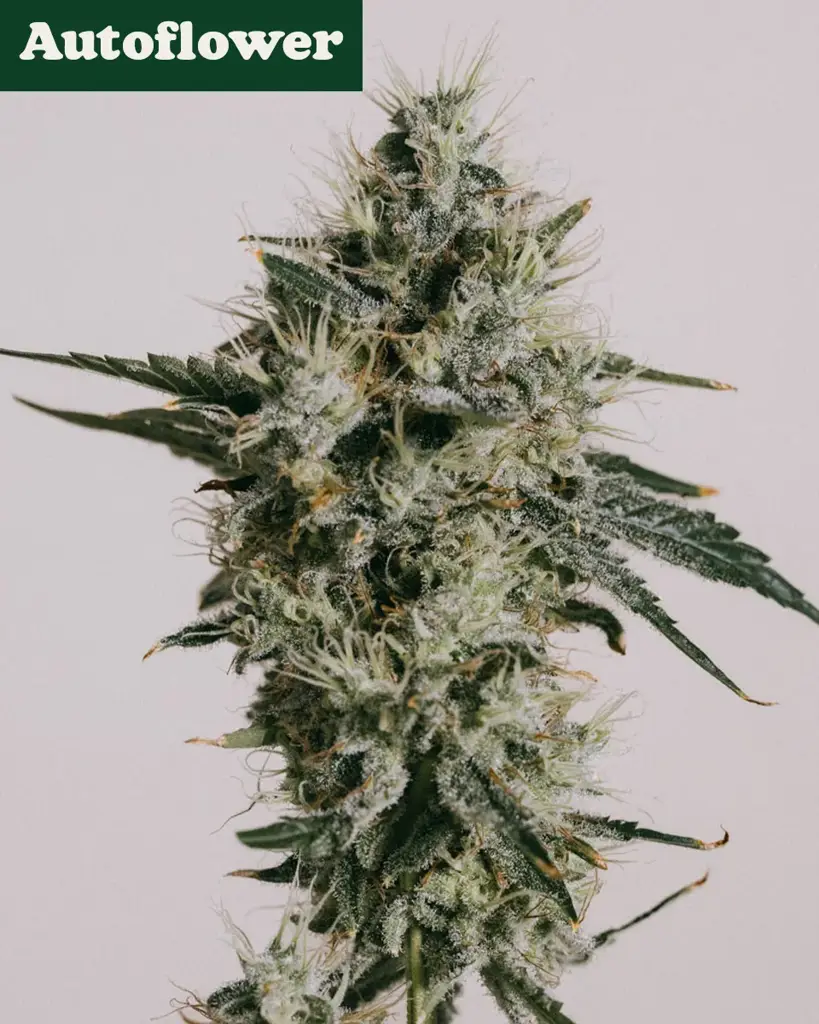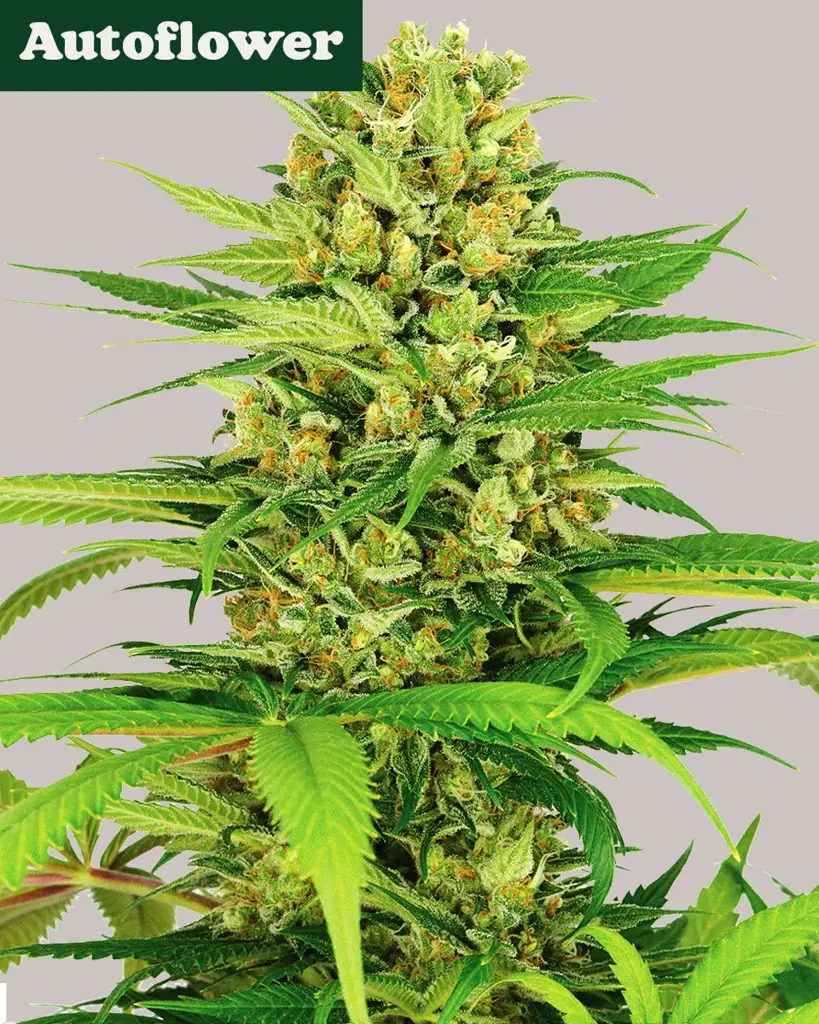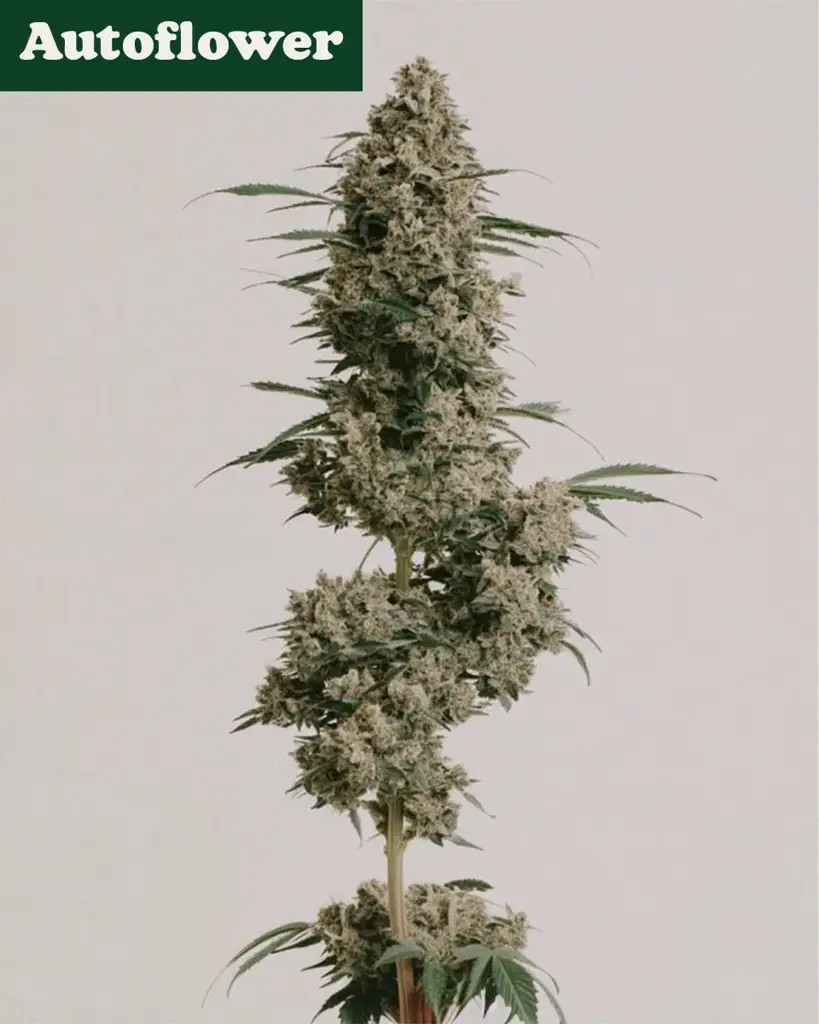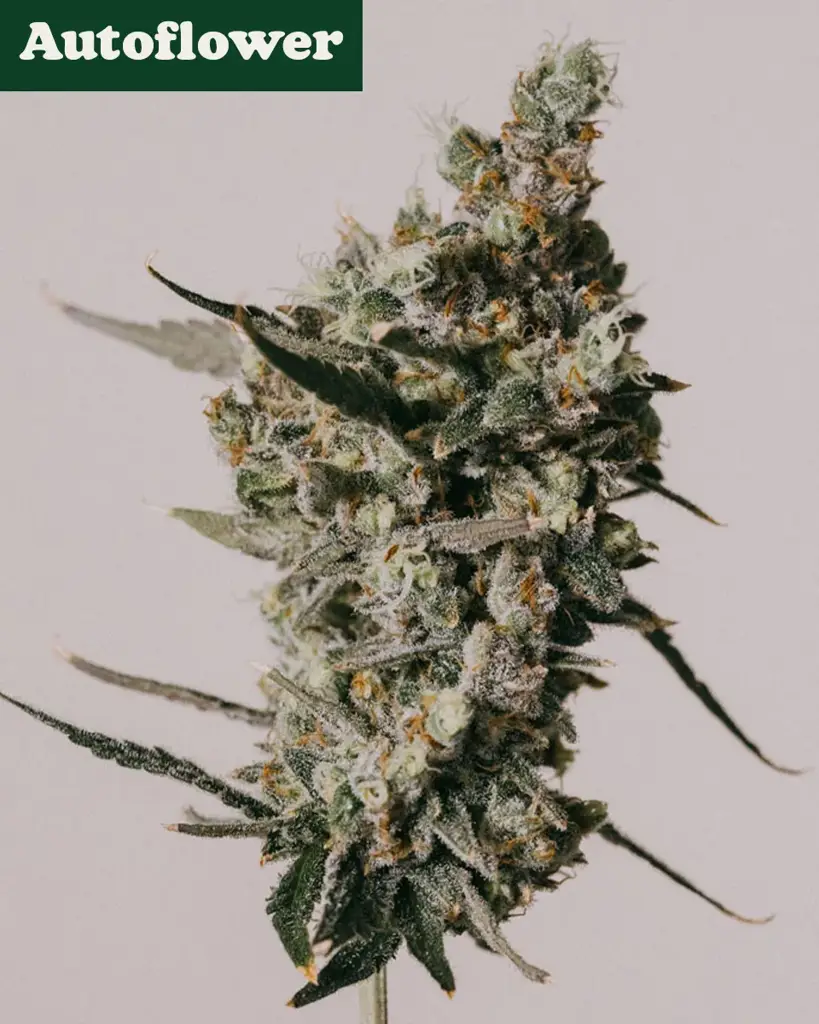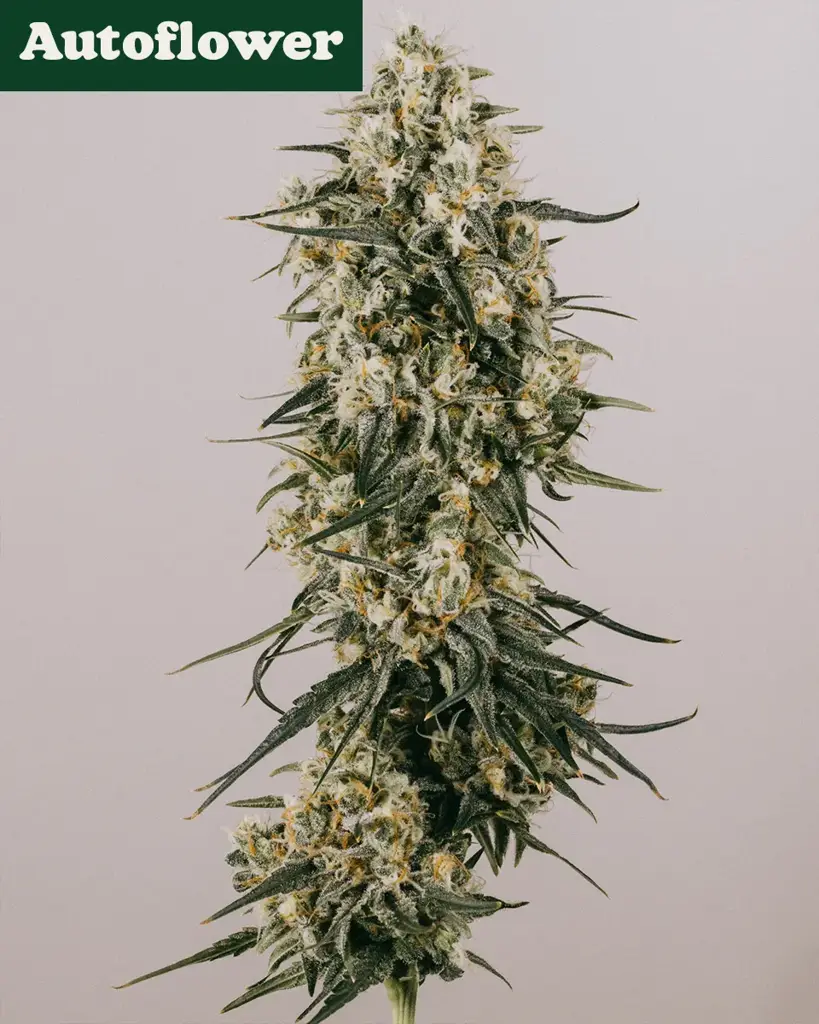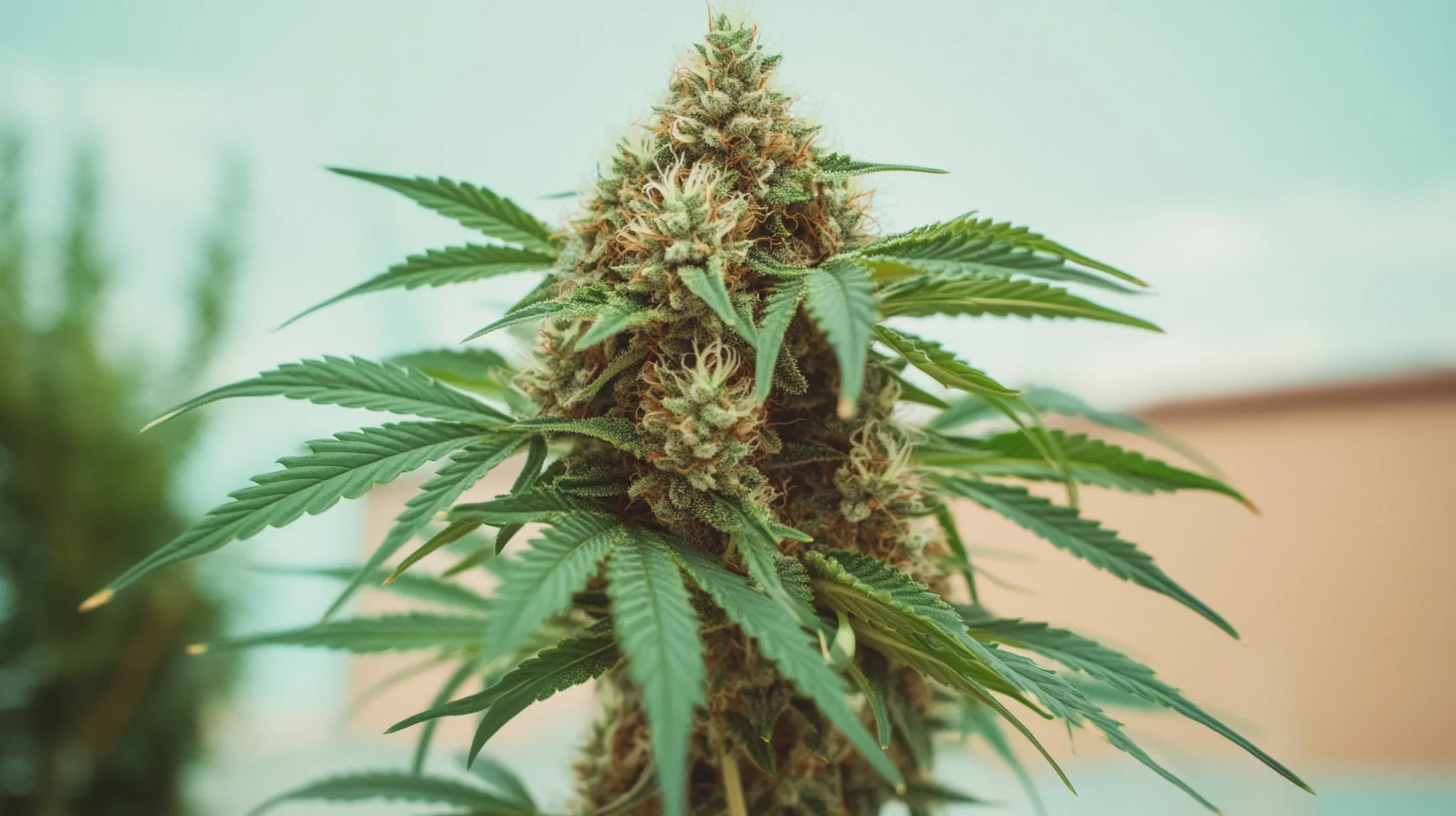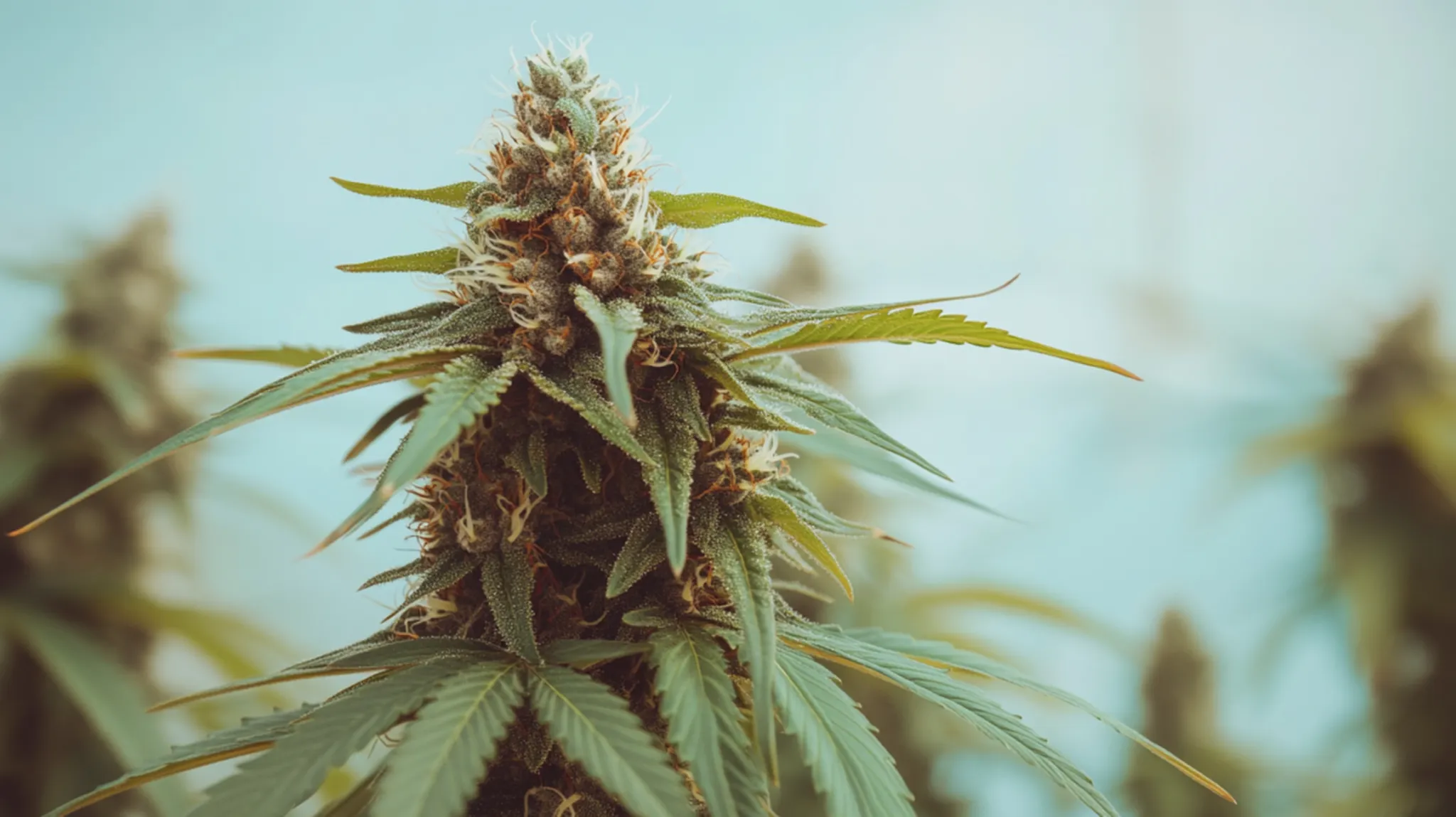
What To Do When Your Cannabis Plant Isn't Flowering
So, your cannabis plant just isn't flowering, and you're not sure why? Don’t sweat it. We’ve all been there.
Table of contents
- Let’s Break It Down: Common Reasons Why Your Cannabis Plant Isn’t Flowering
- 7 Reasons Why Your Cannabis Plant Ain’t Flowering When It Should
- What If Your Plants Are Flowering Under 18/6?
- Why Are My Outdoor Cannabis Plants Not Flowering?
- How Tall Should My Cannabis Plants Be Before Flowering?
- Wrapping It Up: Keep Calm and Grow On
There are a few common reasons why this might happen, and I’m here to help you figure out what’s going on and how to fix it so you can get those buds growing in no time.
Let’s Break It Down: Common Reasons Why Your Cannabis Plant Isn’t Flowering
Before we even get into answering this question, you need to know one thing before we continue: are you growing “Photoperiod cannabis plants” or “Autoflowering plants”?
What Triggers Cannabis to Flower in The First Place?
If you don’t know the diff, I highly advise you to read the article linked above. But, in the age of TLDR, here’s the super simplified version: Photoperiod cannabis plants flower when the days grow shorter (i.e., the light cycle changes), autoflower cannabis plants start to flower automatically (the clue’s in the name!) after a certain number of days, depending on the genetics of the strain.
If you're growing your plants outdoors, you don't usually have to worry too much about controlling light. The bright sun and Mother Nature’s seasonal schedule take care of you. Autoflowers do their thing, growing to maturity in the full days of summer.
With photoperiod cannabis, you will want to plant your seedlings in the spring. They'll start showing signs of flowering sometime after the summer solstice, when the days are noticeably shortening, and be ready to harvest during the fall.
Now, if your Indoor plants aren’t flowering, and you think they should be, that’s another story. This article will guide you through some common issues that could be holding up your harvest.
Our Bestsellers
7 Reasons Why Your Cannabis Plant Ain’t Flowering When It Should
1. Your Timer’s Not Set Properly
Trust me, this happens more often than you'd think. It’s surprisingly easy to mess this up. Sometimes, it’s as simple as your timer not being set correctly. Maybe all the segments aren’t clicked properly into place, or you’ve forgotten to switch it to timer mode ( ).
).
How to check: Go back to your timer and make sure it’s set to give your plants 12 hours of light and 12 hours of darkness. Double-check that the settings are right and the timer is working.
Fix: If your timer’s faulty or inconsistent, grab a new one. This is one of those things that’s worth spending a few bucks on to avoid headaches later.
Pro tip: Power outages and surges can affect timers – check to see if yours has backup power, or may possibly have been damaged. If it’s digital, the program might need to be reset.
2. Light Leaks Are Sneaking In

Photoperiod cannabis plants are pretty sensitive to changes in light schedules, and they really need to feel the rhythm of day and night. If there’s even a tiny bit of light leaking into your grow tent or grow space when it’s supposed to be dark, your plants might stay in their vegetative state and refuse to flower.
How to check: Stand inside your grow tent when the lights are supposed to be off, or if you don’t fit outside of it while the lights inside are on (and make the room dark). Look for any light sneaking through a slightly open zipper or vents, letting in a little glow.
Fix: Seal up those light leaks! Make sure your plants are completely in the dark during the 12-hour night cycle. You might have to adjust your grow tent (i.e. break out the duct tape!), close curtains, or turn off lights in nearby rooms.
3. Your Darkness Periods Are Too Short
Photoperiod cannabis plants need at least 12 hours of uninterrupted darkness to start flowering. If you’re giving them too much light (anything more than 12 hours), they’ll just keep growing leaves and stems without producing buds.
How to check: Make sure your plants are getting a full 12 hours of darkness each day. Double-check that you’re not running the wrong program on a digital timer (like your veg-period, 18 hours of light, and 6 hours of dark (18/6). You need to switch to 12/12 for flowering.
Fix: Adjust your light timer to 12/12 (12 hours of light, 12 hours of darkness). This is what signals your plant to start the flowering process.
4. Your Plants Aren’t Female
Okay, maybe you’re not recognizing flowers because you've got male or mixed-sex plants—this is more common than you think and can even happen when you’re using feminized cannabis seeds. If your plants aren’t developing those little white hairs (called pistils), they might be male or hermaphrodites, which won’t give you buds.
How to check: Look closely at your plants for pistils (the fuzzy white hairs) that indicate they’re female. If you see clusters of what look like tiny bananas or little balls instead, your plant is male or hermaphrodite.
Fix: If you’ve accidentally grown a male or hermaphrodite, you’ll need to remove it from the garden if you’re only looking for buds (not seeds). You might want to contact the seed bank if you’ve purchased feminized seeds but got males.
5. Your Light Spectrum Is Off

Cannabis plants need the right light spectrum for each growth stage. If you’re using the wrong light spectrum, your plants may not flower properly. For flowering, they need more red light than blue light.
How to check: Look at the light you’re using. Does it have a good balance of red and blue light? If it’s too heavy on the blue spectrum, your plants might not flower.
Fix: Consider upgrading to a full-spectrum LED light or a high-quality HPS (High-Pressure Sodium) light designed for flowering. Make sure it’s positioned at the right distance—usually about 40-60 cm from the top of the plant.
6. Your Nutrient Mix is Out of Balance

Flowering cannabis plants need less nitrogen and more phosphorus and potassium. If you haven’t adjusted your nutrient mix to support bud development, your plants will struggle to grow properly.
How to check: Read the labels on your nutrient bottles. Make sure you’re using a product that is made for flowering cannabis (usually labeled “Bloom” or something similar).
Fix: Switch to the proper ratio of NPK and follow the manufacturer’s instructions for mixing and scheduling feeds.
Pro tip: Now’s a good time to double-check that you’re keeping pH between 6 and 6.5 – outside this optimal range, plants can have trouble absorbing and using nutrients.
7. Light Leaks in the Grow Tent
Yes, I’m mentioning light leaks again because they’re that important. Even if everything else is right, a tiny light leak can mess up the whole process.
How to check: Do a thorough check during your plant’s dark period. Sit in the room or tent where your plants are, and close everything up. If you can see any light, that’s a problem.
Fix: Cover any potential leaks with blackout material or tape, and double-check that nothing’s sneaking in. Also, be real – have you committed to keeping those dark nights truly dark? No peeking!
What If Your Plants Are Flowering Under 18/6?
his one’s a head-scratcher. If your plants are flowering under 18 hours of light, they might be autoflowers—or there could be an issue with your timer or power supply.
How to check: Make sure the timer hasn’t been tampered with or the power hasn’t cut out during the day.
Fix: If everything else looks good, and your plants are still flowering, there’s not much you can do except ride it out. If they’re autoflowers, they’ll continue to flower regardless of the light cycle.
Pro tip: If you didn’t know your plants were autos and they’re flowering while still small, don’t forget to change your nutrient schedule (see #6 above).
First Grow?
Why Are My Outdoor Cannabis Plants Not Flowering?

Outdoor cannabis plants rely on the natural light cycle to initiate flowering. If your outdoor plants aren't flowering, it might be due to insufficient darkness. If there are streetlights or other artificial lights nearby, they can disrupt the dark period and can result in your cannabis plants not flowering outside. Additionally, if you planted late in the season, your plants may not have had enough time to mature before the light cycle changed. Ensuring your plants are getting uninterrupted darkness overnight and planting at the right time in spring can help them flower properly as the days shorten.
How Tall Should My Cannabis Plants Be Before Flowering?
The ideal height for cannabis plants before flowering depends on your grow space and strain. A good rule of thumb is to switch to flowering when your plants are about half of your available grow height. Cannabis plants can double or even triple in size during the flowering stage, so consider how much vertical room you have.
Typically, indica strains grow shorter and bushier, while sativas can stretch significantly. Indoors, you might want to “flip” your plants (switch from veg to flower) when they’re around 12-18 inches tall, ensuring you don’t run into space issues later.
Take this suggestion as a helpful guide, not a hard-and-fast rule. The actual height of a cannabis plant, be it an autoflower or photoperiod cannabis plant, depends on many different factors. You’ll learn as you grow, and you can often get general info about what to expect, size-wise, from the seed source.
Wrapping It Up: Keep Calm and Grow On
If your cannabis plants aren’t flowering, don’t stress too much. It’s probably one of these simple issues, and now you’ve got the tools to troubleshoot. Go step by step, checking timers, light leaks, the dark cycle, and nutrients. You’ll get it sorted, and before you know it, your plants will be back on track, producing beautiful buds.
Remember, learning to grow cannabis is an ongoing process. Every mistake is just another step toward mastering this craft. Happy growing!

Xavier Kief
Xavier Kief, a fierce cannabis advocate & educator, merges science & joy in cultivation. Expert in regenerative growing, mycology & activism


